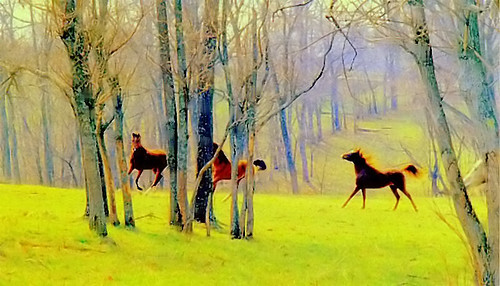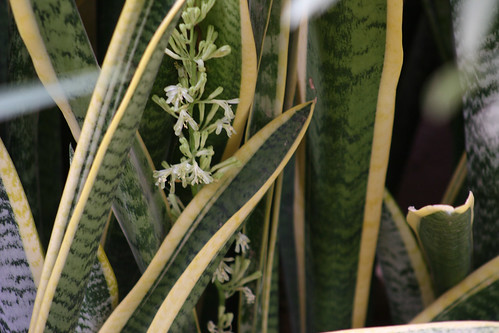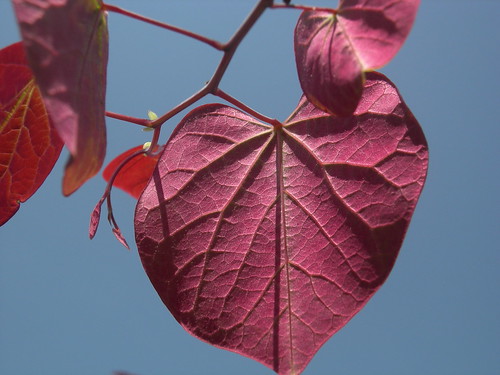Orange Pyracantha Berries by vns2009
TheGardenLady received this comment from a Dr. Rothberg.
Lilac! Â Thanks very much for the garden tour. Â I’m full of new ideas, some of which will be used in Nancy and David’s new garden in Chatham….What I was trying to think of (for a climbing plant along a sunny wall) is Pyracantha (firethorn).
Dr. Rothberg was interested in a Pyracantha shrub, a spiny, evergreen-spreading to erect shrub, that can be trained to climb up a sunny wall or espaliered. Though Pyracantha has small fragrant white flowers, it is mainly grown for its lovely yellow, orange or red berries.
TheGardenLady does not have a Pyracantha shrub, but neighbors who had one of the most outstanding gardens in my town had one climbing up a trellis near the wall of their house. The wife used to carefully and meticulously prune the plant. With good reason -Â she had to be careful because most Pyracantha shrubs have nasty thorns (there is one that has fewer thorns). These thorns can cause an irritating rash or a burning sensation from the prick. The burning sensation from the prick is one reason people say it was given the common name Firethorn. Not only are the thorns sharp, but some people have had a severe or allergic reaction to a prick from the Pyracantha thorn and had to seek medical treatment; though I do not think this is a common occurrence. But when pruning, it is wise to wear protective clothing and leather gloves. The good thing about the thorns is that deer rarely eat this shrub. Birds will build nests in the shrubs and birds, especially cedar waxwings, will eat the pyracantha berries. The birds first choice seems to be the red berries.












